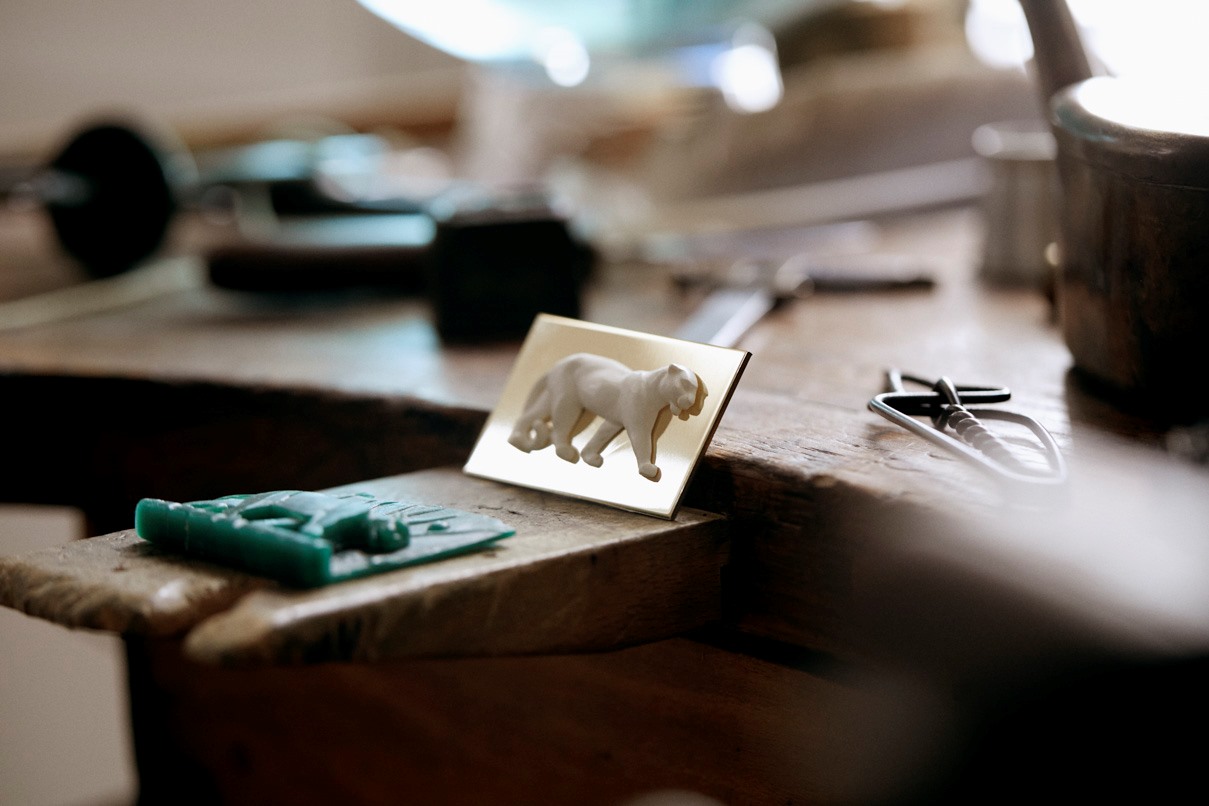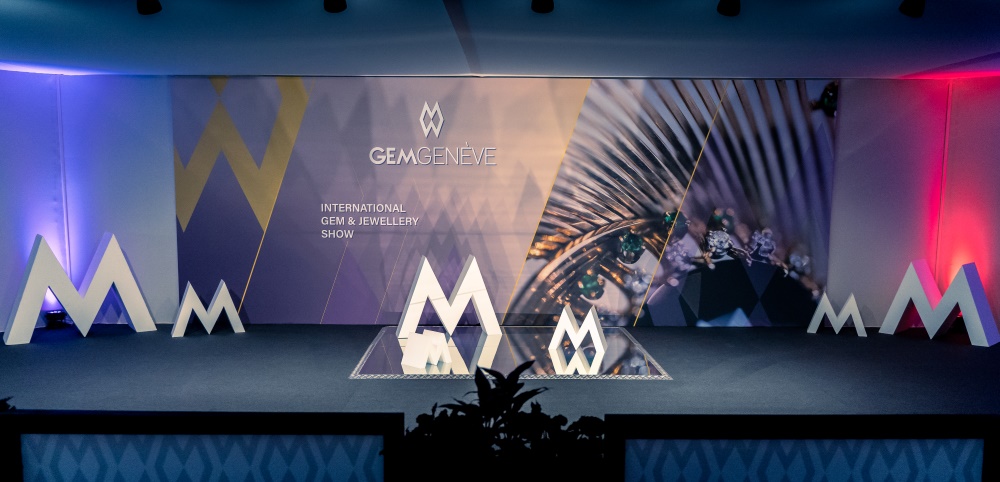“Van Cleef & Arpels, Transformations in Jewelry” will be on display from January 16th to April 14th, 2024. Demonstrating the variety of ways they can be worn, long necklaces are divided into bracelets, clips are split into several elements and pendants are transformed into brooches. Embodying a signature aspect of Van Cleef & Arpels’ style, the theme of the exhibition illustrates how transformable pieces are the result of both the creativity of the Maison and the mastery of its craftsmen. It also reflects the evolution of the feminine silhouette and what it manifests in each era, from the 1920s to the present day.

From the 1920s to the 1940s, abundant examples of transformable jewelry emerged. From the Art Deco aesthetic readily identifiable in the 1920s to the influence of the Modernist movement in the following decade, the creations testify to the stylistic innovations of a rapidly evolving era. A bracelet from 1937, made of polished yellow gold scrolls, is illuminated by diamonds set in platinum. Its upper part detaches into two separate clips, which can be worn according to their owner’s desire: on a dress or hat, on a suit lapel, in their hair…One of the Maison’s most emblematic creations patented in 1933, the Minaudière is an ingenious blend of a vanity case and an evening bag. It quickly became the perfect accessory for the elegant women of the 1930s. Both practical and embellished with a naturalist or abstract decor, this multifunctional precious object contains everything a socialite needs: a dance card, a comb, a mirror, a powder case, a lipstick…
The Maison’s original keen interest in the natural world is creatively demonstrated through its transformable jewelry. Simultaneously poetic and technical, this Creation (1940) can be worn as a necklace but the floral motifs can also be removed to be worn independently as clips. Adorning the Tubogaz chain that underlines the neck, these detachable clips recreate an abundant flowerbed in sapphires and rubies.

After World War II, Parisian haute couture regained its luster of yesteryear. The Maison imagined, among other pieces, fluid Cord creations. Made from twisted yellow gold, they can be worn rolled or not according to one’s desires and their outfit. This aesthetic reached its apogee with the Zip necklace, transformable into a bracelet. Inspired by the zipper, this piece stands out for its complex mechanism — patented in 1938 — that allows a cursor embellished with a precious trimming to slide up and down the jewel. Alongside the Zip Chantilly necklace from 1952, original drawings illustrate the multiple stylistic variations of this piece.
During the 1960s and 1970s, the art of transformation lent itself to revolutionizing styles and lifestyles. Yellow gold was combined with precious or ornamental gemstones to give rise to unexpected chromatic associations. Sautoirs and flexible bracelets were all the rage, swinging freely with the wearer’s movements, and harmoniously adorning free-flowing outfits. While the Delphes long necklace (1971), with coral and amethyst cabochons, transforms into four bracelets and a clip, the Chevalerie pieces (1970) feature textured yellow gold, studded with diamonds, alternating full and empty spaces.

Adapted to the social, aesthetic, or cultural evolutions of the eras concerned, the selection showcased in this exhibition illustrates Van Cleef & Arpels’ creativity and technical mastery. In a way, it boldly demonstrates that each piece of jewelry responds to the aspirations of the time in which it was crafted.
“Van Cleef and Arpels is delighted to present this unique selection of the Patrimonial Collection pieces that illustrates the creativity and the savoir-faire of its craftsmen. Since its creation, the Maison has been celebrating transformable jewelry that allows multiple and original wears as an expression of its signature.”
Alexandrine Maviel Sonet, Van Cleef & Arpels’ Patrimony and Exhibitions Director



